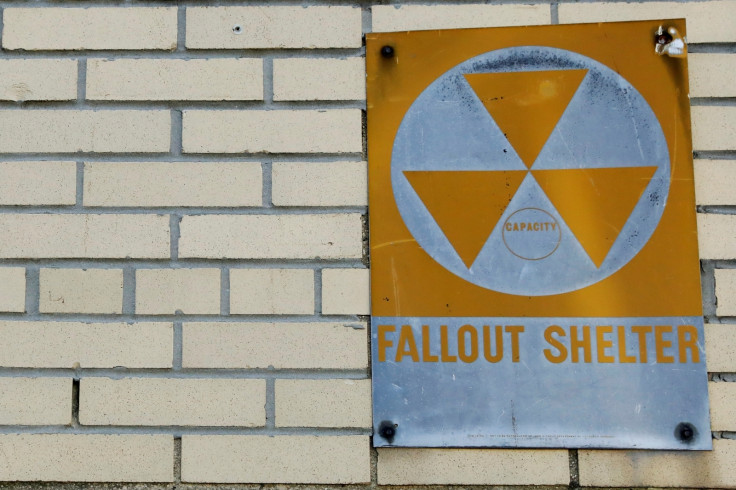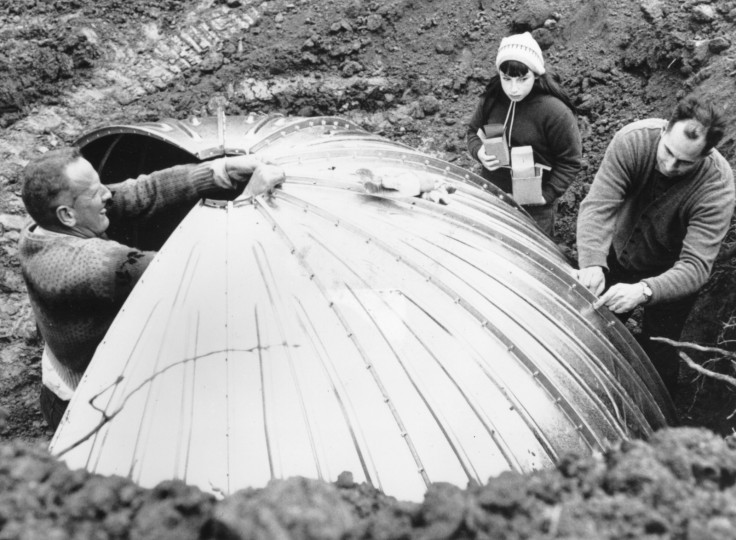Could Cold War era fallout shelters protect you from modern North Korean nukes?
While they might not withstand a high-yield thermonuclear weapon, it is better to be in one than in the open.

Built when nuclear strikes were a real threat to the US during the peak days of the Cold War, fallout shelters were seen everywhere. The now defunct Office of Civil Defense had built the shelters, which were intended to house civilians in an event of a nuclear attack.
The shelters were meant to protect people from "fallout" — residual radioactive material that falls from the sky after the initial blast and shock wave subsides.
With the threat of nuclear war back on the table amid North Korea's accelerated nuclear and missile programme, fallout shelters are something that people might want to look back at. The question, however, is if they are any good against modern nuclear weapons like hydrogen bombs? Also, were they any good at all, to begin with and where are they now?
A recent report by Popular Mechanics (PM) attempts to answer these questions.
Fallout shelters were built in many major cities and were immediately identified by their black and yellow signs with triangles arranged within a circle. They harken back to a time, notes the report, when people actually believed that a simple bomb shelter could actually protect them from a thermonuclear bomb. These shelters were never truly as good as people believed they were, adds the report, saying that they were normally under-equipped and under-funded.
It also states that a modern day thermonuclear, high yield hydrogen bomb will render such structures moot. Fallout shelters were, for the most part, simple concrete and steel structures that had air filtration systems and were only designed to protect against modest nuclear weapons. Even at the time of construction, they would have been obliterated by full-sized Russian megaton bombs, notes PM.

"You wouldn't really have to deal with fallout," says Jeff Schlegelmilch, deputy director of the National Center for Disaster Preparedness at Columbia University. "Because you would just be dead from the initial blast."
Before considering if the shelters still work today, one has to first find out if they actually even exist any more. Nancy Silvestri of New York City's Emergency Management Department believes such shelters probably have been repurposed in the past few decades. "They [people in general] probably turned them back into laundry rooms and things like that," she reportedly said.
Most fallout shelters were repurposed basements and such spaces that are most likely to have gone back to what they were originally built for. So finding an actual shelter could be difficult. Having said that, it is better to be inside a shelter in case a nuclear weapon does go off than outside in the open, experts say.
"These locations were chosen because they either already were or could be easily retrofitted into rooms that could block the radiation," says Schlegelmilch. "There may not be supplies. I don't know if the ventilation systems would still be functional, but theoretically they could provide some protection from radioactive fallout as is."
These questions seem even more relevant now after ballistic missile warnings rang through the islands of Hawaii last week. Should a real warning like this one ever ring out, looking for the nearest fallout shelter might be a good idea, concludes the PM report.






















